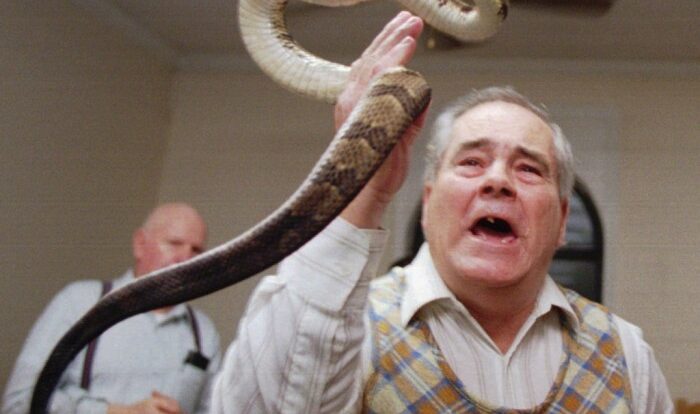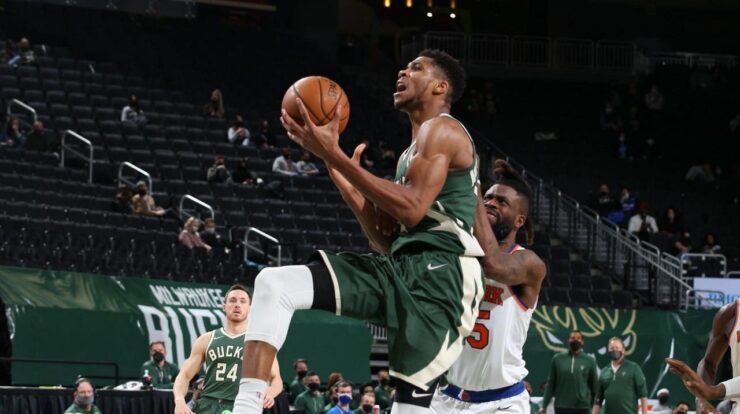
Get ready to dive into the fascinating world of snake handling and cat-snake interactions with our guide on “How to Handle His Snake Yumi Sin and Fit Kitty.” This comprehensive piece will equip you with all the knowledge and techniques you need to navigate this unique bond between two extraordinary creatures.
From understanding snake behavior and body language to creating a suitable enclosure and ensuring proper nutrition, we’ll cover every aspect of snake care. Plus, we’ll delve into the delicate dance between cats and snakes, providing strategies for safe and harmonious coexistence.
Snake Handling Techniques: How To Handle His Snake Yumi Sin And Fit Kitty

Handling a yumi sin snake requires specific techniques to ensure both the safety of the handler and the well-being of the snake. Proper equipment and protective gear are crucial, along with knowledge of effective restraining methods that minimize harm to the snake.
Equipment and Protective Gear
- Snake hook:A long, curved tool used to gently lift and restrain the snake.
- Gloves:Thick, puncture-resistant gloves to protect against bites.
- Boots:High boots to protect against bites on the legs.
- Mask:A mesh mask to protect against potential bites to the face.
Restraining Techniques
Restraining a yumi sin snake involves using the snake hook to gently lift and control its movements. The handler should approach the snake calmly and avoid sudden movements that may startle it. The hook should be placed behind the snake’s head, and the handler should maintain a firm but gentle grip to prevent the snake from escaping or biting.
Once the snake is restrained, it should be held securely without applying excessive pressure. The handler should keep the snake’s head pointed away from them and avoid making any sudden movements that may provoke a bite.
Snake Behavior and Body Language

Understanding the behavior and body language of yumi sin snakes is crucial for safe handling. These snakes exhibit distinct patterns that can indicate their mood and potential threats.
Defensive Behaviors
- Coiling:Coiling is a defensive posture where the snake forms a tight loop with its body, often with its head hidden in the center. This indicates fear or a threat perceived.
- Hissing:Hissing is a vocalization used to deter predators. It involves expelling air forcefully through the nostrils, creating a loud, sibilant sound.
- Striking:Striking is a rapid, forward movement of the head and neck, usually aimed at a perceived threat. It’s a last-resort defense mechanism used when other deterrents fail.
Aggressive Behaviors, How to handle his snake yumi sin and fit kitty
- Biting:Biting is a direct attack where the snake sinks its fangs into a target. It’s typically used when the snake feels threatened or provoked.
- Tail Rattles:Some yumi sin snakes have a rattle at the end of their tails. They vibrate the rattle to produce a warning sound, signaling their presence and potential danger.
- Bluffing:Bluffing is a deceptive behavior where the snake mimics aggressive actions, such as coiling or hissing, without actually attacking. It’s a strategy to intimidate potential threats.
Snake Enclosure Setup and Maintenance
A suitable enclosure is essential for the well-being of a yumi sin snake. The enclosure should be designed to provide the snake with a comfortable and safe environment that meets its specific needs.
Enclosure Size
The enclosure should be large enough to allow the snake to move around freely and thermoregulate effectively. As a general rule, the enclosure should be at least twice the length of the snake and wide enough to accommodate its girth.
Temperature and Humidity
Yumi sin snakes are tropical snakes and require a warm, humid environment. The temperature gradient within the enclosure should range from 75-85°F (24-29°C), with a basking spot of 88-92°F (31-33°C). The humidity level should be maintained at around 60-80%.
To get a handle on his snake yumi sin and fit kitty, there’s no better resource than how to handle his snake yumi sin and fit kitty . It’s the definitive guide to handling his snake yumi sin and fit kitty, with all the tips and tricks you need to know.
Hiding Places and Enrichment
Yumi sin snakes are shy and secretive animals that require hiding places to feel secure. The enclosure should provide several hiding places, such as caves, logs, or plants. The snake should also be provided with enrichment activities, such as climbing branches or puzzle feeders, to keep it mentally and physically stimulated.
Snake Feeding and Nutrition

A balanced diet is crucial for the health and well-being of your yumi sin snake. Understanding their specific nutritional needs and proper feeding techniques is essential for maintaining optimal health.
Handling his snake yumi sin and fit kitty can be a daunting task, but with the right approach, it can be a rewarding experience. If you’re looking for guidance on how to handle his snake yumi sin and fit kitty, you’ll find plenty of helpful tips and advice here . With patience and practice, you’ll be able to handle his snake yumi sin and fit kitty with confidence and ease.
Determining the Appropriate Diet
The diet of a yumi sin snake varies depending on its age and size. Younger snakes require more frequent feedings of smaller prey, while adult snakes can go longer periods between meals and consume larger prey items.
- Hatchlings:Feed every 5-7 days with small rodents (pinky mice or fuzzy rats).
- Juveniles:Feed every 7-10 days with larger rodents (hopper mice or small rats).
- Adults:Feed every 10-14 days with adult mice or rats, depending on the size of the snake.
Feeding Techniques
When feeding your snake, it’s important to use proper techniques to ensure safety and avoid stress to both the snake and the prey. Always handle live prey with care and supervise the feeding process.
- Live Prey:Use tongs or forceps to gently offer the live prey to the snake. Allow the snake to strike and consume the prey naturally.
- Frozen Prey:Thaw frozen prey to room temperature before offering it to the snake. Use tongs to gently present the prey, and tap it gently to stimulate the snake’s feeding response.
Feeding Frequency and Timing
The frequency and timing of feedings depend on the snake’s age, size, and metabolism. It’s important to avoid overfeeding, as this can lead to obesity and health issues. A good rule of thumb is to feed the snake when it shows signs of hunger, such as restlessness or an empty stomach.
Cat and Snake Interactions
Introducing a cat to a yumi sin snake requires careful consideration and precautions. Cats are natural predators, and their instincts may lead them to perceive the snake as prey. Conversely, snakes can become defensive and strike if they feel threatened.
As you explore the ins and outs of how to handle his snake yumi sin and fit kitty, you’ll uncover a plethora of strategies and techniques to master. For instance, understanding how to handle his snake yumi sin and fit kitty can provide valuable insights into the art of how to handle his snake yumi sin and fit kitty . Ultimately, delving into the nuances of how to handle his snake yumi sin and fit kitty will empower you with the knowledge and skills to navigate this fascinating topic with confidence.
Identifying Potential Risks and Precautions
- Size and age:Young cats and small kittens are more likely to be injured by a snake. Conversely, large snakes may pose a greater threat to cats.
- Temperament:Both cats and snakes have varying temperaments. Some may be more tolerant than others.
- Predatory instincts:Cats are natural predators, and their instincts may drive them to attack the snake.
- Defensive behavior:Snakes may strike if they feel threatened, especially if they are cornered or startled.
Strategies for Supervised Interactions
To minimize stress and potential conflicts, supervised interactions are essential. Follow these strategies:
- Gradual introduction:Allow the cat and snake to observe each other from a distance initially.
- Controlled environment:Conduct interactions in a neutral area where both animals feel comfortable.
- Short durations:Keep initial interactions brief to avoid overwhelming either animal.
- Close supervision:Monitor interactions closely and intervene immediately if any signs of aggression arise.
Training Cats to Respect Boundaries
Training cats to respect the snake’s space and boundaries is crucial for harmonious coexistence. Use positive reinforcement techniques:
- Reward desired behavior:Reward the cat with treats or praise when it displays respectful behavior towards the snake.
- Redirection:Gently redirect the cat away from the snake if it shows signs of curiosity or aggression.
- Avoid punishment:Never punish the cat for being near the snake. This will only create fear and aggression.
Final Review
With the insights gained from this guide, you’ll be well-equipped to provide a thriving environment for your snake Yumi Sin and ensure a peaceful and enriching relationship with your feline companion. Remember, knowledge is the key to unlocking a harmonious coexistence between these captivating creatures.
Popular Questions
How often should I feed my Yumi Sin snake?
The frequency of feeding depends on the snake’s age and size. Generally, young snakes need to eat more frequently, while adult snakes can go longer between meals.
How can I tell if my cat is stressed around my snake?
Signs of stress in cats around snakes include dilated pupils, flattened ears, arched back, and tail twitching. If you notice these signs, separate the animals and provide a safe space for your cat.
What should I do if my cat attacks my snake?
If your cat attacks your snake, separate the animals immediately. Place the snake in a secure enclosure and seek veterinary attention if necessary. It’s important to train your cat to respect the snake’s space and boundaries.





